LEVEL 101
WELCOME TO MY ENGLISH BLOG
miércoles, 24 de mayo de 2023
PRESENT CONTINUOS NOW AND FUTURE ACTIONS
PRESENT CONTINUOUS (NOW)
POSITIVE
I am listening to music now. Ahora estoy escuchando
música.
She is cooking dinner at the moment. En este momento
ella está haciendo la cena.
They are swimming in the pool right now. Ellos están
nadando en la alberca ahora mismo.
It is snowing outside. Está nevando afuera.
She is studying at school. Ella está estudiando en la escuela.
NEGATIVE
She is not reading the newspaper in the living
room. (Ella no está leyendo el periódico en la sala)
You are not working very hard. (Tú no estás
trabajando muy duro)
They are not playing in the park. (Ellos no
están jugando en el parque)
She is not doing the work of two people. (Ella
no está haciendo el trabajo de dos personas)
He is not speaking German. (Él no está hablando alemán)
INTERROGATIVE
Is he taking a bath? (¿Él se está bañando?)
Are we planning a party? (¿Nosotros estamos
planeando una fiesta?)
Are they eating in the restaurant on the corner?
(¿Ellos están comiendo en el restaurante de la esquina?)
Is she traveling to Europe? (¿Ella está viajando a
Europa?)
Is he watching his favorite television program?
(¿Él está viendo su programa de televisión favorito?)
PRESENT CONTINUOUS (FUTURE)
POSITIVE
He is leaving at 6 o’clock. (Él
se va a las seis)
They are flying to New York on
Friday. (Ellos volarán a Nueva York el viernes)
I am returning to my country
when the semester ends. (Yo regresaré a mi país cuando el semestre termine)
My friends are coming tonight.
(Mis amigos vendrán esta noche)
They are sailing for Miami next
week. (Ellos navegarán a Miami la siguiente semana)
NEGATIVE
If you come before lunch, she will not be
reading the newspaper. (Si vienes antes del almuerzo, ella no estará leyendo el
periódico)
You will not be working very hard tomorrow
morning. (Tú no estarás trabajando muy duro mañana por la mañana)
Tomorrow afternoon at this time, he will
not be teaching mathematics. (Mañana por la tarde a esta hora, él no
estará enseñando matemáticas)
At this time next year, he will not be living
in Boston. (Para estas fechas el año que viene, él no estará viviendo en
Boston)
At this time next year, he will not be
speaking German. (Para estas fechas el año que viene, él no estará hablando
alemán)
INTERROGATIVE
Will she be waiting for him on
the corner? (¿Ella lo estará esperando en la esquina?)
Will we be practicing guitar
when you get back? (¿Nosotros estaremos practicando con la guitarra cuando
vuelvas?)
Will it be raining in a few
minutes? (¿Estará lloviendo en unos minutos?)
Will you be working very hard
tomorrow morning? (¿Tú estarás trabajando muy duro mañana por la mañana?)
Tomorrow afternoon at this time,
will he be teaching mathematics? (Mañana por la tarde a esta hora, ¿él estará
enseñando matemáticas?)
VOCABULARY (COLLOCATIONS FOR USING ELECTRONIC DEVICES)
Laptop : a laptop is generally characterized as a mobile personal computer, a device with which you can perform all the tasks available on a desktop computer but in a compact, lightweight, and portable form factor.
Smart phone: a smartphone keeps users connected through messaging services, email, video calls, and social networking apps, in addition to standard text messaging and phone calls.
Tablet: the tablet is used to see presentations, participate in video conferences, read e-books, watch movies, share photos and much more.
Video game console: the video game console has applications that allow you to watch videos, listen to music, watch movies on the internet, as well as play online with other people from all over the world.
miércoles, 26 de abril de 2023
SIMILARES AND DIFERENCES(LOOK ALIKE-LOOK DIFERENT)
DESCRIPTION OF RELATIONSHIPS/ NAME / AGE / OCCUPATIONS
This is my mom, her name is Jackeline Robledo Villanueva. She is forty-five years old. She is a secretary by profession and currently resides in Malambo Atlantico.
OTHER FAMILIES RELATIONSHIPS
VOCABULARY-OTHER FAMILIES RELATIONSHIPS
Stepmother Madrastra
Stepdad Padrastro
Step-sister Hermanastra
Step-brother Hermanastro
Mother-in-law Suegra
Father-in-law Suegro
Parents-in-law Suegros
Daughter-in-law Nuera
Son-in-law Yerno
Stepson (hijastro)
Stepdaughter (hijastra)
Stepchildren (hijastros)
THE SIMPLE PRESENT
¿Cómo formar un verbo en presente simple?
Al hablar en presente hablamos de algo que está sucediendo en este momento, ahora. La estructura de una oración en presente simple es muy fácil:
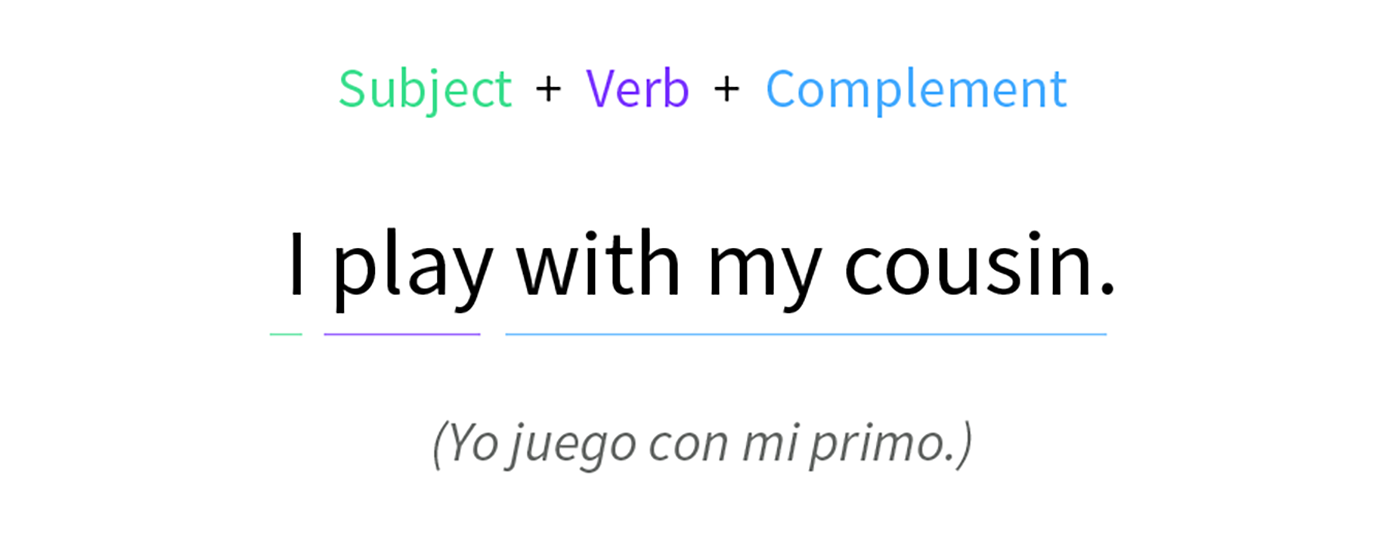
Pero lo más importante que debes tener en cuenta al conformar una de estas frases es que cuando un verbo en presente simple está conjugado en la tercera persona del singular (he, she o it), se le agrega una "-s" al final de la palabra, así:
- She plays with my cousin.
Ella juega con mi primo. - Martin eats his lunch.
Martín come su almuerzo. - My dog knows some tricks.
Mi perro conoce algunos trucos.
Sin embargo, existen unas excepciones. Veamos:
Terminación del verbo por consonante:
Cuando el verbo acaba en "-ss", "-sh", "-ch" o "-x", se debe agregar "-es" en lugar de solo "-s":
- Miss (Misses) / Extrañar (Extraña)
- Finish (Finishes) / Terminar (Termina)
- Watch (Watches) / Observar (Observa)
- Fix (Fixes) / Arreglar (Arregla)
Terminación del verbo con la vocal "-O":
En este caso también se añade la terminación "-es":
- Go (Goes) / Ir (Va)
- Do (Does) / Hacer (Hace)
El caso de la "-Y":
Cuando el verbo acaba en "-y", precedida por una consonante, tenemos que cambiar la "-y" por "-i", y después añadir "-es":
- Fly (Flies) / Volar (Vuela)
- Study (Studies) / Estudiar (Estudia)
Formas del presente simple en inglés
Affirmative form / Forma Afirmativa
Las oraciones del presente simple formadas de este modo se caracterizan por la sencillez de su estructura:
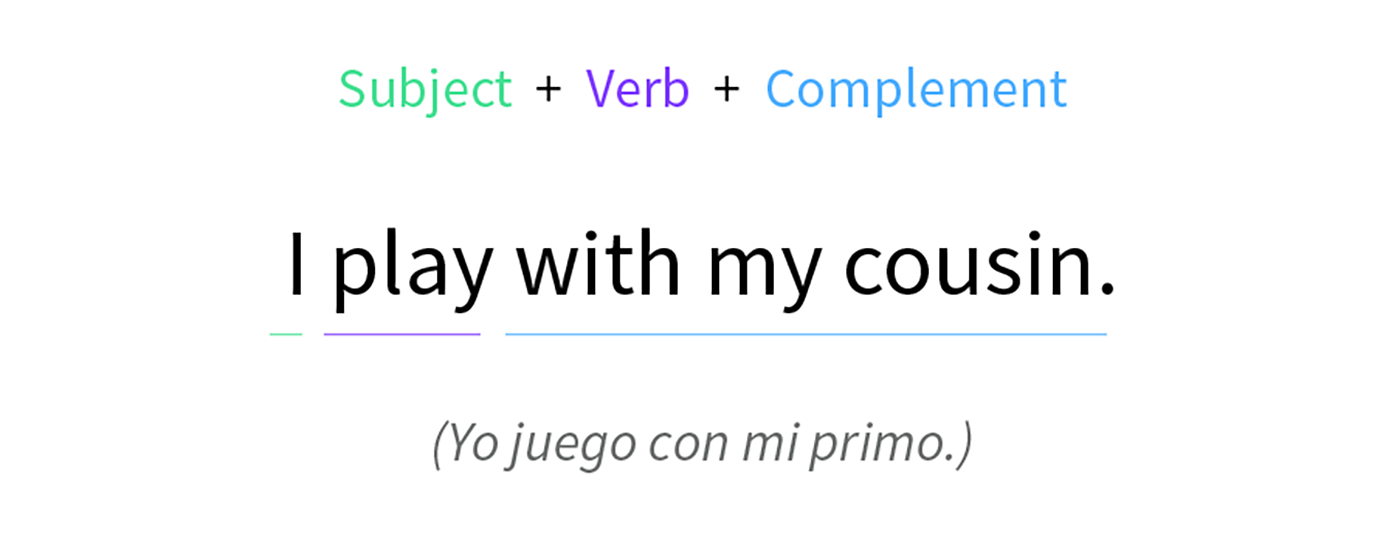
Por ejemplo:
- Jose drinks coffee.
José bebe café. - We practice our English lessons.
Nosotros practicamos nuestras lecciones de inglés.
El verbo principal se configura según las normas que aprendiste anteriormente, agregando o no la "-s" al final.
Negative form / Forma negativa
Para formar oraciones negativas en inglés, es necesario que utilicemos la ayuda del verbo auxiliar do y del auxiliar negativo not.
El verbo do cambia de forma según el sujeto (o pronombre) con el que se conjugue, así:
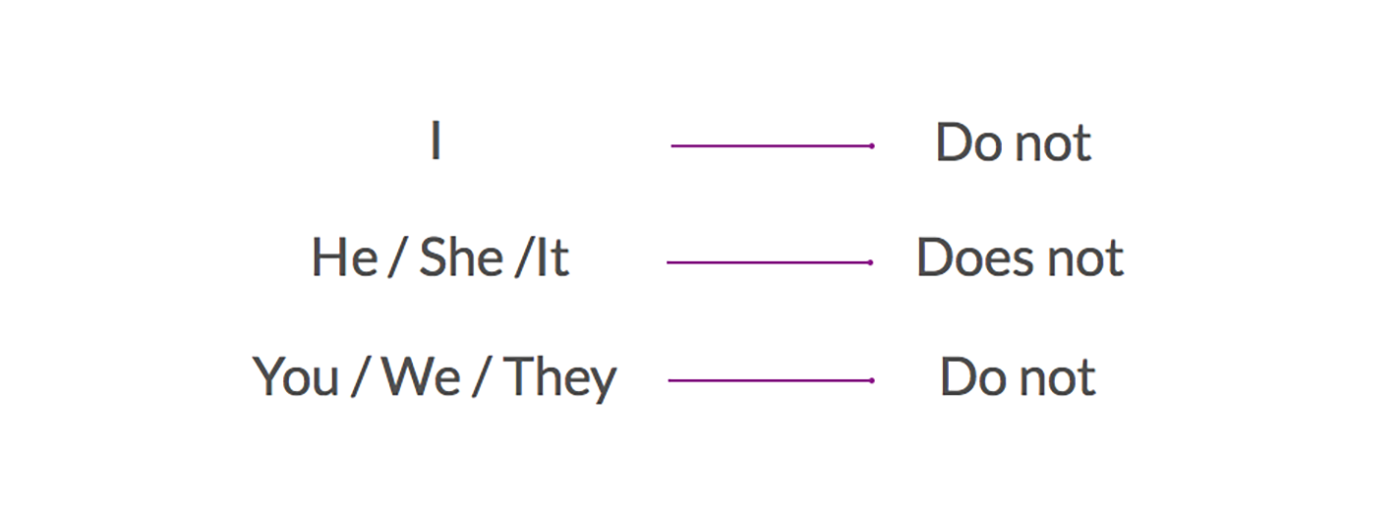
Entonces, a la hora de realizar una oración, basta con seguir esta fórmula:
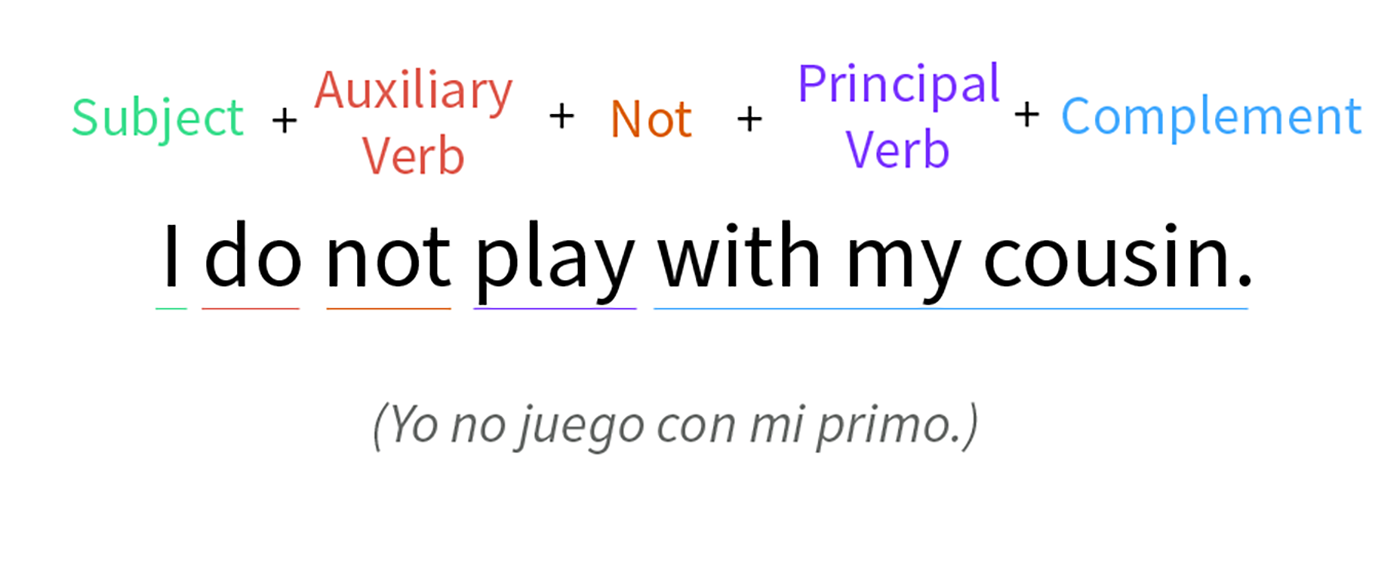
Por ejemplo:
- Jose does not (doesn't) drink coffee.
José no bebe café. - We do not (don't) practice our English lessons.
Nosotros no practicamos nuestras lecciones de inglés.
También tienes la posibilidad de contraer el verbo auxiliar con el auxiliar negativo. Recuerda poner siempre la comilla ( ' ) entre las consonantes n y t:
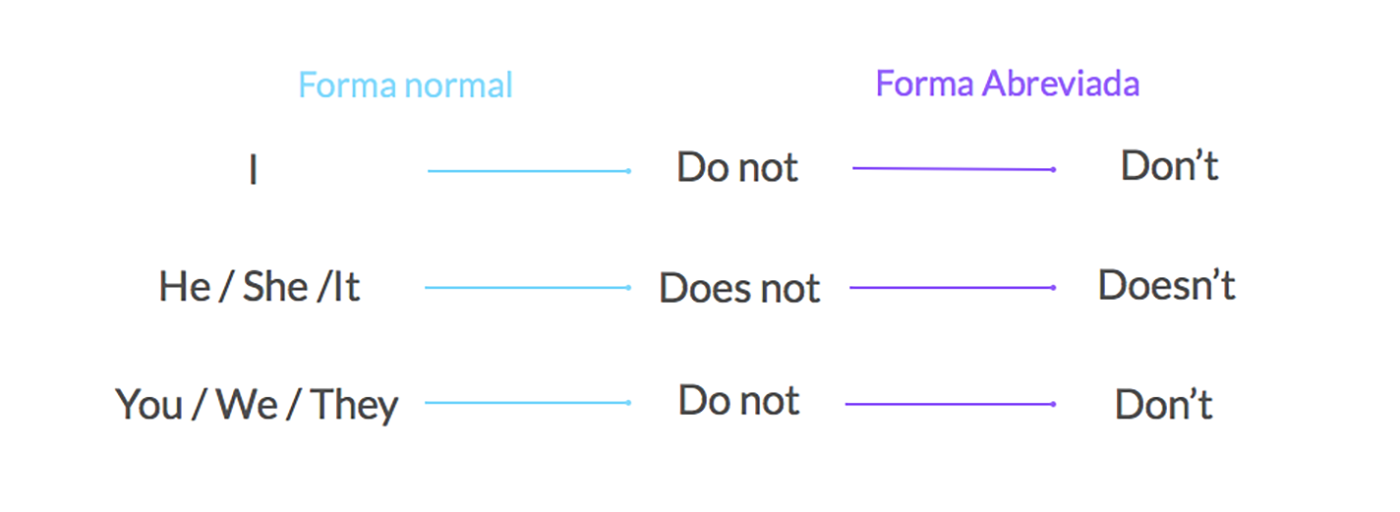
Interrogative form / Forma interrogativa
Para las oraciones que se formulan de esta manera, también será necesario utilizar el verbo auxiliar do, pero ubicado al inicio de la oración:
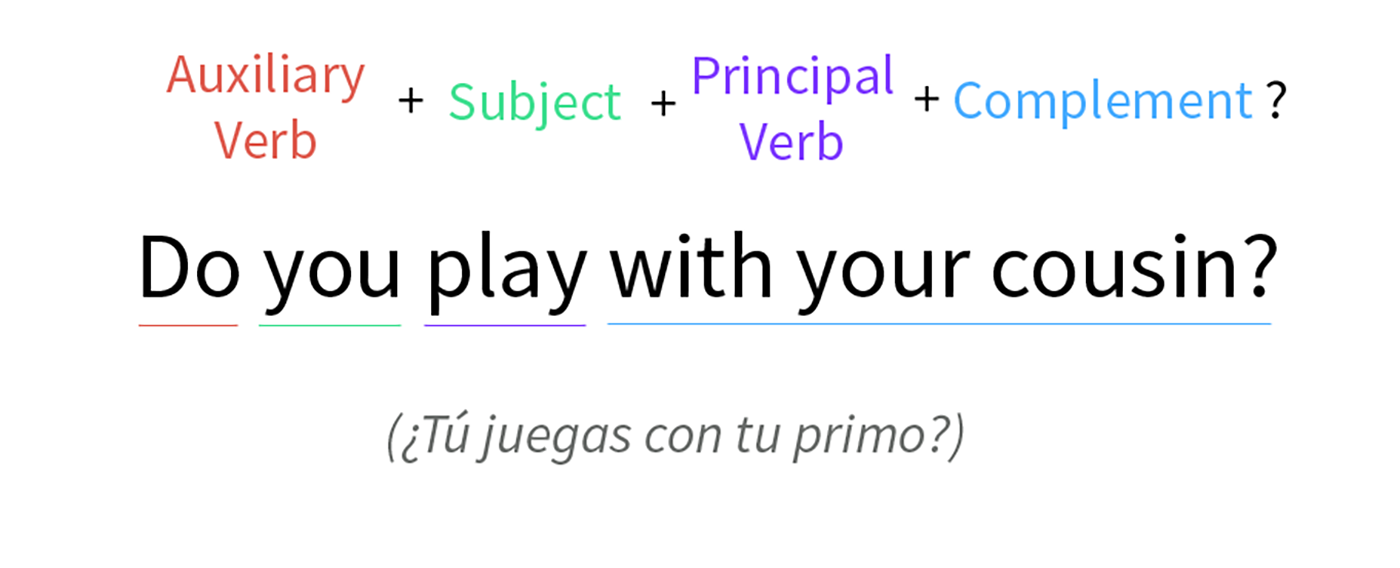
Por ejemplo:
- Does Jose drink coffee?
¿José bebe café? - Do we practice our english lessons?
¿Nosotros practicamos nuestras lecciones de inglés?
Ten en cuenta que también puedes formar oraciones interrogativas – negativas, bien sea de forma larga o corta aplicando la contracción del verbo auxiliar con el auxiliar negativo:
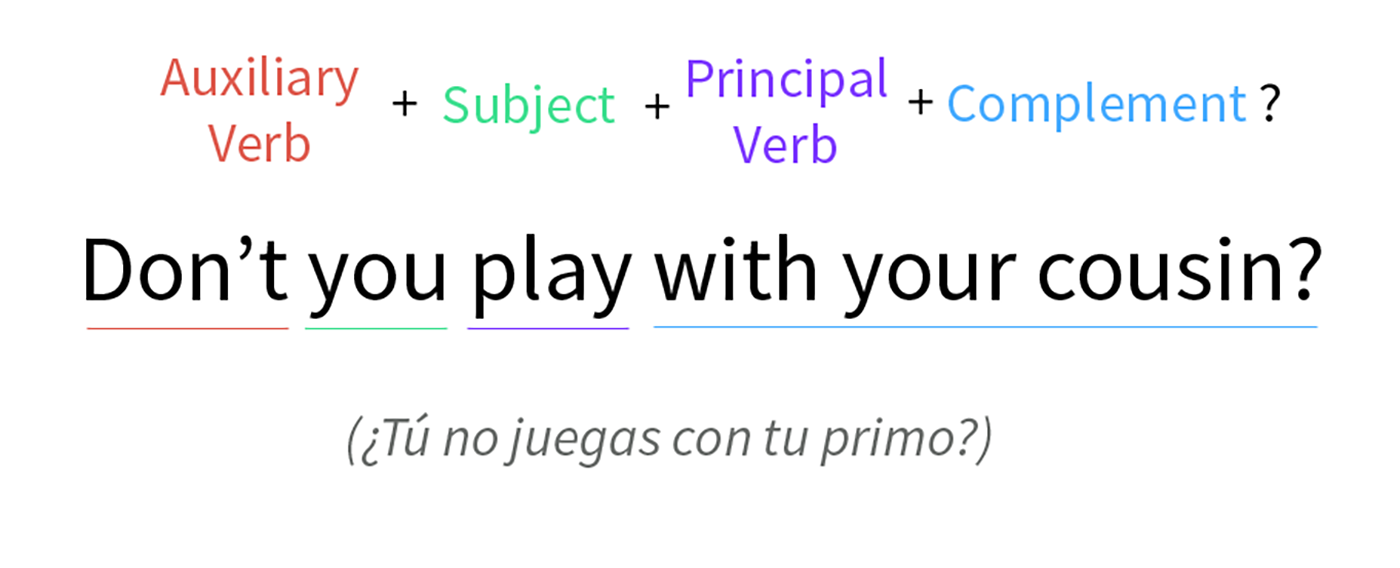
Por ejemplo:
- Does not (Doesn't) Jose drink coffee?
¿José no bebe café? - Do not (Don't) we practice our English lessons?
¿No practicamos nuestras lecciones de inglés?
- Jose drinks coffee.
III FAMILY
RECOMMEND A BRAND OR A MODEL
https://docs.google.com/presentation/d/1KhZG_UcaIZq_tilJ3pYRddzSNVAnicrl/edit?usp=drivesdk&ouid=110156174710815663131&rtpof=true...
-
¿Cómo formar un verbo en presente simple? Al hablar en presente hablamos de algo que está sucediendo en este momento, ahora. La estructur...
-
I come from a big family. I currently live with my mother, my father and my younger brother. I am the third of 4 siblings










.jpeg)
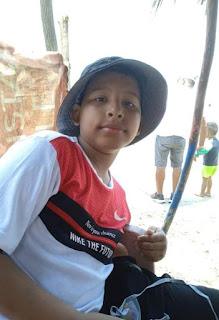
.jpeg)
.jpeg)




